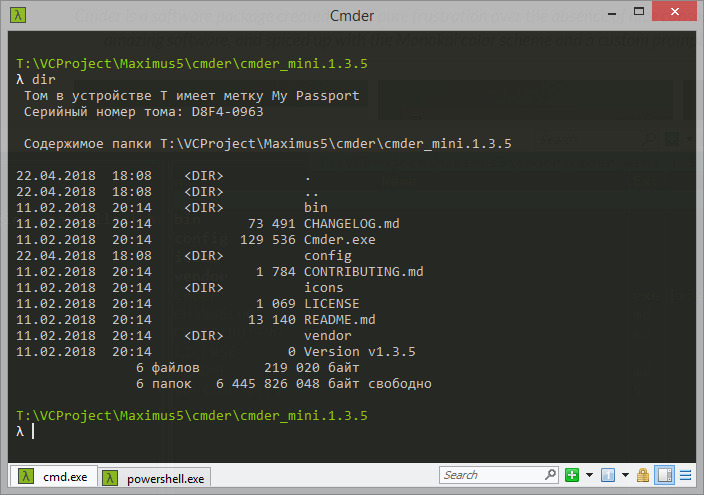
If you are connecting the Omega with an external serial device, which will be the most common use, it’s very important to have a common ground between the two devices.


For the purposes of this example, we’ll be connecting the TX1 and RX1 pins, effectively making the Omega talk to itself! So before we proceed we’ll need to make sure that we have RX1 and TX1 connected with jumper wire.
#WINDOWS SERIAL TERMINAL COMMAND LINE HOW TO#
Now we’ll discuss how to send data and receive serial data from the command line on your Omega. Pins RX0 and TX0 are used for UART0 and RX1 and TX1 are used for UART1. The pinout diagram is also available for you to see where the UARTs are located on the Omega: The Transmission line (TX) on a device A will send data to the Receive line (RX) on the device B and vice versa. Connecting Serial DevicesĬommunication on a UART is done by using two data lines: a Transmission (TX) and a Receiving (RX) lines, as well as a Ground connection. If you’ve connected to your Omega via serial before, you probably remember that we set the baud rate to 115200 bps (bits per second), meaning that the time spent holding each bit high or low is 1/115200bps. So let’s dive in! Generally speaking, UART has no master-slave architecture and allows you to set the transmissions speeds, aka Baud Rate, of your data. If you want to learn more about insights of the UART communication, well, you’ve come to the right place! You probably know that serial communication is established only between two devices unlike I2C or SPI which are bus-based protocols.

The Omega2 comes with two UART devices, they are: It is a device used for serial communication between two devices. First of all, UART is an abbreviation for Universal Asynchronous Receiver/Transmitter. dev/sttyS1 i2c omega2 RX Serial Communication TX UART0 UART1 Omega Tipįor this week’s tip, we’ll dive into the details of Serial Communication on the Omega’s UARTs.


 0 kommentar(er)
0 kommentar(er)
